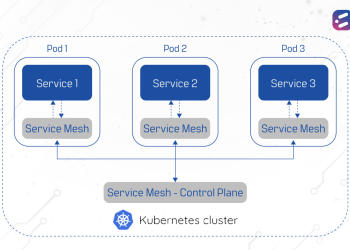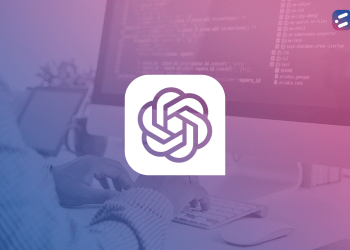A lot has been said about the benefits of Microservices – and most of it is true.
However, here are a few antipatterns – practices that introduce more problems than they solve – that you need to be wary about before you decide to implement a microservices solution or refactor an existing application with microservices.
Not breaking the monolith correctly
Refactoring an existing monolithic application into microservices isn’t as easy as it seems. It is not about simply breaking up the bulk of the application into smaller segments. Intentional division of services is essential – by domain or by the unit of work – in order to avoid the mistake of breaking one monolithic application into multiple smaller, but still monolithic, applications.
If the application itself if a complex one, careful decomposition of microservices becomes even more crucial as orchestration, distributed transactions, service discovery, and recovery are also factors to consider.
Including too many services
The whole point of microservices architecture is to simplify things. However, inexperienced teams often end up including too many services and service elements which will complicate rather than simplify the application architecture.
This can also significantly affect RoI as, instead of reducing costs, the microservices architecture might end up exceeding the budget set aside for infrastructure, operations, and even troubleshooting. Increased latency and decreased performance are also other effects of this anti-pattern.
Not accounting for sufficient monitoring and testing
Distributed programming is, in itself, challenging. Therefore, being prepared for unreliable networks, bandwidth constraints, latency issues, and other factors need to be considered. It is crucial to ensure adequate log aggregation and visualization, both for the application components and infrastructure resources. This needs to be done before deployment and can be done through cloud service providers.
In the same way, when services are not tested adequately before deployment, they can cause a number of issues when dependencies are no longer available.
Wanting to use all the latest technology
There will always be new technology, but that doesn’t mean that you need to use it just because it exists. If there is no architecture team to govern and coordinate the microservices development, developers may go overboard and try to incorporate unnecessary and unwarranted details.
Whether it is the mistake of adding too many coupled and layered container-based services on a small system or splitting up a small database into multiple different data stores, there are a number of ways in which microservices can be abused. Architects must take responsibility for ensuring that only the required technologies are being used and that developers stick to technical norms.
Retaining a monolithic data structure
This happens when the entire application has been decomposed to a microservices application – except the data, which is being maintained in a monolithic data store. The biggest hassle will be in keeping track of data and schema changes.
The risk of any changes made to a production database looms large and may need a full outage of the database to prevent blocks in the system. These potential outages will also affect SLAs. Managing access and ensuring control over the data will also be a challenge since multiple applications will be accessing the same data store. As the data continues to grow, archival and cleanup will also become more challenging.
Often, it is a lack of experience that leads to these mistakes. To truly leverage the advantages of microservices architecture, what you need is the expertise of an experienced team. At CloudNow, we offer both custom development of applications and modernization of monolithic applications with Microservices Architecture and Containerization. Get in touch with us to know more!













